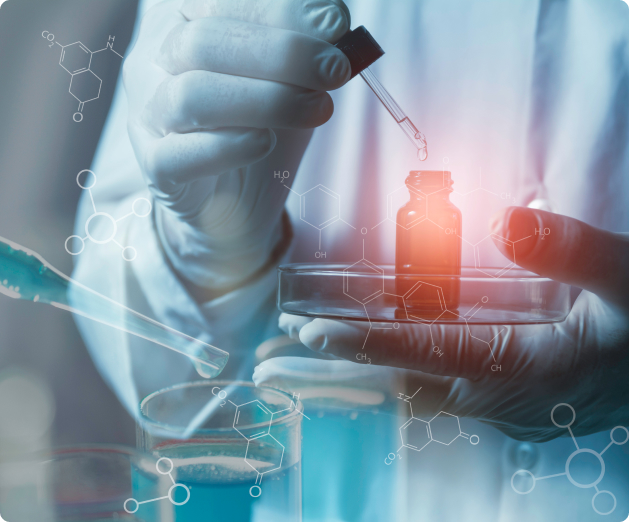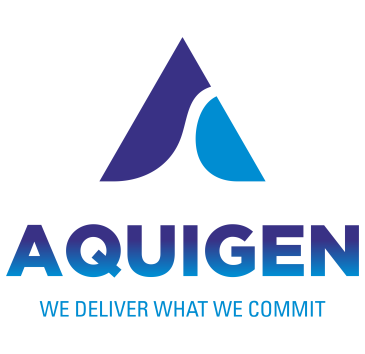Nitrosamine
Understanding Nitrosamine
Nitrosamines, characterized by the chemical structure R₂N−N=O, are a class of organic compounds commonly found in various industries. These compounds are generally referred to as N-nitroso compounds, sharing a common functional group >N–N=O. The alkyl or aryl group denoted as R in the chemical structure can vary, providing diversity within the nitrosamine group.
Nitrosamines are primarily generated through the reaction between nitrates and specific amines, or through the oxidation of secondary amines. These impurities, known as nitrosamines, tend to form during the chemical processes involved in the production of active pharmaceutical ingredients (APIs).
“Due to Nitrosamines’ carcinogenic nature, the U.S Food and Drug Administration (FDA) and the European Food Safety Authority (EFSA), have set restrictions on the permitted level of nitrosamines in certain products and drugs.”
Nitrosamines – The Potent Carcinogens!

Nitrosamines – The Potent Carcinogens!
Nitrosamines have been classified as probable human carcinogens due to their potential to cause cancer, as indicated by studies conducted. N-nitrosamine impurities have uncertain carcinogenic potential and have shown to affect the nasal mucosa in rodents.
The formation of nitrosamines can occur through the reaction of nitrite and secondary amines or amides, which are often present in certain food items or during various manufacturing processes.
As a result of their carcinogenic properties, there is a growing concern regarding the presence of nitrosamines in consumer products and environmental sources. Regulatory authorities and industries are actively working to develop strategies and guidelines to minimize and monitor the levels of nitrosamines in order to ensure the safety of products intended for human consumption or use.
The possible impurities during the synthetic process of a therapeutic peptide include the following:
Nitrosamines Drugs Pullout
In recent years, a significant number of drug products containing active pharmaceutical ingredients (APIs) have been recalled or withdrawn from the market due to the presence of carcinogenic N-nitrosamine impurities like N-nitrosodimethylamine (NDMA), N-nitrosodiethylamine (NDEA), and N-nitroso-N-methyl-4-aminobutyric acid (NMBA).
NDMA Threat
The levels of the impurity NDMA have also been found in batches of ranitidine and nizatidine products. The unexpected identification of nitrosamine impurities in human medicines has raised concerns. There are over 300 known nitrosamines, many of which possess high potency as mutagenic carcinogens.
Different Categories of Nitrosamines
Nitrosamine impurities were categorized based on common structural features, particularly the presence of a secondary amine moiety in APIs. These impurities were further classified into groups based on the substituents attached to the secondary amine nitrogen (e.g., N,N-dialkyl, N-alkyl-N-aryl, cycloalkyl [5-, 6-, 7-membered] amines). The most carcinogenic nitrosamine in each group was typically a simple chemical without steric hindrance around the N-nitroso group.
Nitrosamines Challenges
N-nitrosamine impurities in pharmaceuticals pose quality challenges, requiring analytical testing. These impurities form when secondary or tertiary amines react with nitrous acid generated from nitrites (NO2) under acidic conditions. It's crucial to avoid such conditions during API manufacturing.
FAQs About Nitrosamines:
Are all Nitrosamines carcinogenic?
Not all nitrosamines are carcinogenic, but many of them are known to have carcinogenic properties. The carcinogenicity of a nitrosamine depends on various factors such as its chemical structure, dose, route of exposure, and individual susceptibility. Some nitrosamines have been classified as human carcinogens by recognized health organizations. It is important to assess the potential risks associated with specific nitrosamines and take appropriate measures to minimize exposure.
How to proactively control Nitrosamines?
Implementing proactive measures to control nitrosamine impurities in pharmaceutical products, such as robust analytical testing, strict manufacturing process controls, and diligent supplier audits, ensures the prevention and swift detection of these potentially harmful substances, safeguarding patient safety.
Why choose Aquigen Bio for Nitrosamines?
Aquigen Bio’s team is highly knowledgeable in synthesizing nitrosamines from different secondary amines. Our team conducts these syntheses in an isolated system with limited access to minimize exposure. We have successfully synthesized over 100 nitrosamines, which are valuable for detecting their presence in chemical processes involving APIs. The library includes nitrosamines derived from APIs, their intermediates, and impurities. Feel free to learn more about our Nitrosamines services

